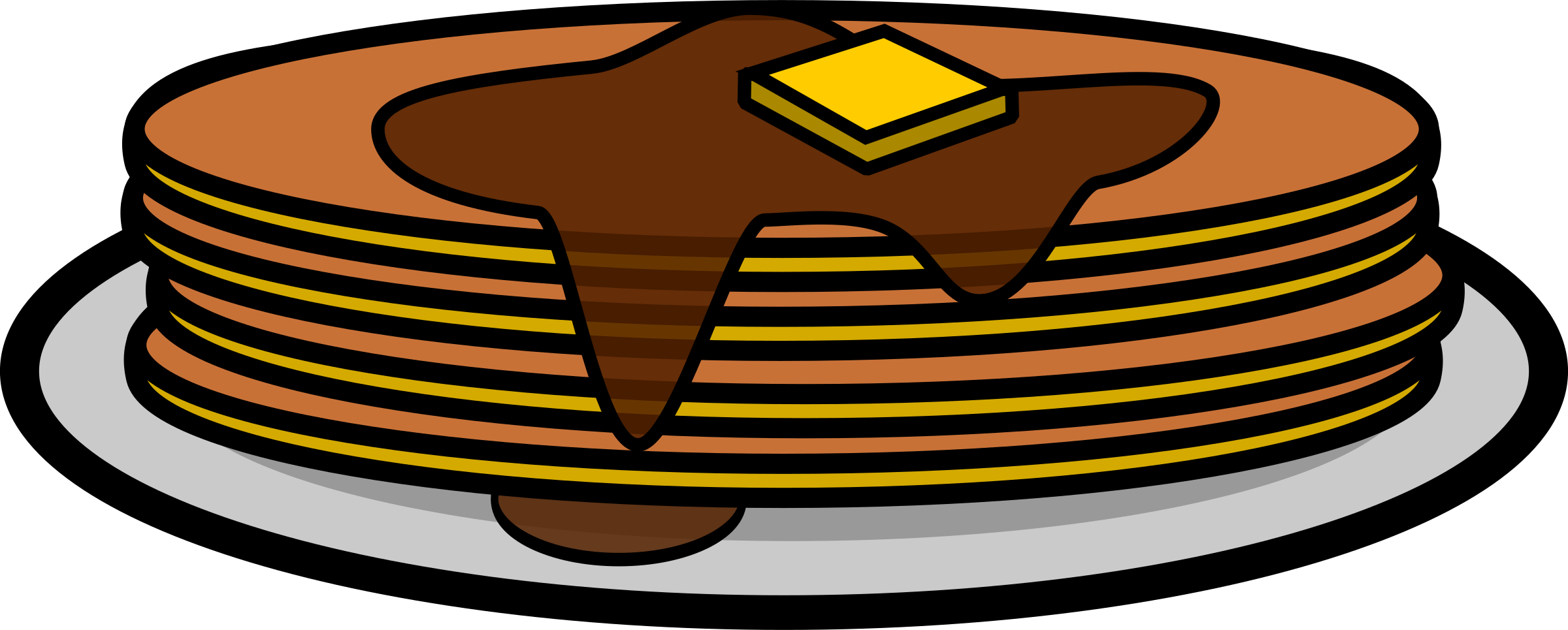A few years ago, a friend mentioned something about chemicals in baking soda. I dismissed it thinking she must have meant to say baking powder, not soda. We all know there is aluminum in baking powder. And then I started watching this neat YouTube channel called Off Grid with Doug and Stacy. In one video, Stacy talked about baking soda being produced using chemicals. Really? I just had to find out more.
If you’re anything like me and the countless other back-to-nature-types, you use baking soda for a plethora of homemade products from baked goods to facial scrub to laundry soap and everything in between. Its health benefits are touted far and wide, as a Google search will tell you, as will Dr. Josh Axe.² So what “trouble” could harmless baking soda possibly cause?
Chemistry & History
What is baking soda anyway? Baking soda is a white crystalline powder (NaHCO 3 ) better known to chemists as sodium bicarbonate, bicarbonate of soda, sodium hydrogen carbonate, or sodium acid carbonate. It is classified as an acid salt, formed by combining an acid (carbonic) and a base (sodium hydroxide), and it reacts with other chemicals as a mild alkali. At temperatures above 300 degrees Fahrenheit (149 degrees Celsius), baking soda decomposes into sodium carbonate (a more stable substance), water, and carbon dioxide.¹
Imported from England, baking soda was first used in America during colonial times, but it was not produced in the United States until 1839. In 1846, Austin Church, a Connecticut physician, and John Dwight, a farmer from Massachusetts, established a factory in New York to manufacture baking soda.
The earliest process of manufacturing soda ash (Na 2 CO 3 ), from which sodium bicarbonate is made, was invented by the French chemist Nicolas Leblanc. Sodium chloride (table salt) was heated with sulfuric acid, producing sodium sulfate and hydrochloric acid. The sodium sulfate was then heated with coal and limestone to form sodium carbonate or soda ash.
In the late 1800s, another method of producing soda ash was devised by Ernest Solvay, a Belgian chemical engineer. The Solvay method was soon adopted in the United States. In the Solvay process, carbon dioxide and ammonia are passed into a concentrated solution of sodium chloride. Crude sodium bicarbonate precipitates out and is heated to form soda ash, which is then further treated and refined to form sodium bicarbonate.
Although this method of producing baking soda ash is widely used, it is also problematic because the chemicals used in the process are pollutants and cause disposal problems.
An alternative is to refine soda ash from trona ore, a natural deposit. Most baking soda in the U.S. comes from Green River, Wyoming. Green River also supplies a quarter of the world’s baking soda. In Wyoming, baking soda is mined from trona ore. Unfortunately, most often trona ore also gets the chemical treatment.
Safe Alternatives
Baking soda isn’t all processed with chemicals today! Long before there were laboratories, baking soda existed in nature. It has been used in one form or another for thousands of years. Natural soda is mined directly from the ground in the form of nahcolite. In this form, there are no chemical reactions. Nothing is added or altered. It’s just pure baking soda the way nature made it.
There are a couple of brands available online. We use Bob’s Red Mill that a local grocery store agreed to carry. Be aware, you may have to special order it. But for making your own beauty products and baking, it’s well worth stocking up. Yes, it does cost slightly more than the common brand, but not that much when you consider the health and environmental impact.
So buyer beware, that innocent ingredient used in baked goods and homemade beauty and cleaning products can indeed contain harmful chemicals. Be savvy. Know your source!
For 50+ terrific uses of baking soda, visit https://www.tipsbulletin.com/baking-soda-uses/ !
¹ http://www.madehow.com/Volume-1/Baking-Soda.html#ixzz5OC20VVoh
² https://draxe.com/baking-soda-uses/






Leave A Comment